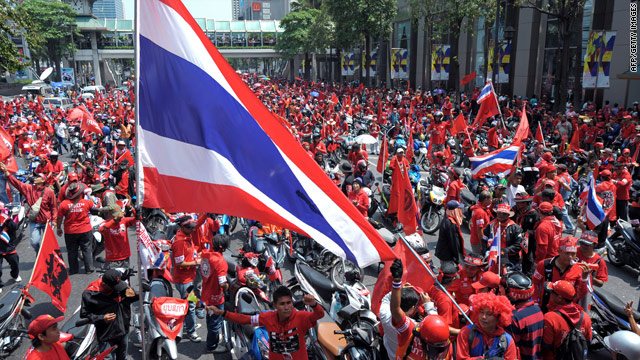From an American perspective, the Quad association with Japan, Australia, and India as the foundation for a larger alliance to counter and contain China may make some sense. The elephant in the room, however, is the question of feasibility. In a piece called “Asian NATO?” earlier this month, I tried to lay out America’s strategic attempts to control the Indian Ocean and Delhi’s role in facilitating the likes of Maldives into the union, but I also hinted at the project to be a still-born baby.
It is interesting to observe in this context that the Quad meeting in Tokyo last week wasn’t exactly blessed with any visible success. If the earth-shaking results were that the Quad was conceptualised as a “partnership driven by shared interests, not binding obligations, and is not intended to be an exclusive grouping”, then I wonder how much progress Washington will be able to make luring other parties into what they envisage to be a defence bloc against China.
In the run-up to the meeting, Mike Pompeo hoped to attract more countries into the Quad, specifically South Korea, Vietnam, and Mongolia, and was prepared to perform a travel blitz before arriving in Tokyo. There were apparently no takers. Xi Jinping had spoken to Vietnam’s president on the phone earlier. Mongolia now prominently features as a transit country for the Power of Siberia-2 gas pipeline. And Seoul has stubbornly been sitting on the fence safeguarding its economic ties with China.
Also, Washington and Delhi were rebuffed by Sri Lanka’s government after an attempt to arm-twist Colombo into the Quad. The Rajapaksa brothers have traditionally been China-friendly and appear to be looking to Beijing for much-needed liquidity support rather than be squeezed into yet another IMF bail-out. And the Quad’s mission might be diluted by its own members. New prime minister Suga, for his part, has made it clear that he wants to repair Japan’s trade relationship with China.
They wouldn’t be the Washington hawks, though, did they not strive to activate other pressure points to achieve their overriding objective. This is where Thailand may come in handy. Despite a state of emergency, mass protests against the government and monarchy were organised in Bangkok for the 6th day yesterday. For someone who has lived through the widespread Hong Kong demonstrations and riots in 2019, the resemblance with Bangkok is striking.
While Wednesday’s peaceful demonstrations comprised all brackets of Thai society, it is mostly high school and university students that have taken over the rallies from Friday, and in a much more organised fashion. Echoing the response by Hong Kong police last year, the government has now resorted to limiting social networks and shutting down public transportation. Police have used water cannons laced with blue dye and tear gas to disperse the crowds. Watching the footage is a perfect deja-vu.
Western media have insisted that the Bangkok protests are organic and leaderless and aimed at achieving democracy and human rights, similar to what the world was told from Hong Kong. Various websites like
this one have begged to differ. They identify organisations such as Thai Lawyers for Human Rights to be involved and insinuate that the US implicitly funds and supports them. Their leaders have reportedly been recognised by the US embassy in Bangkok and other American political dignitaries.
It is further noted that billionaires-turned-politicians like Thanathorn J have openly pledged to roll back Thai-Chinese relations in favour of renewed allegiance with America. Whether this is all part of Washington’s plot of political subversion in Thailand cannot be proven, but again, it reminds of Hong Kong and, if it was a strategy, may serve the purpose of using a country as a pressure point against Beijing.
Back in 2018 already, Thanathorn
claimed that Thailand didn’t need Chinese high-speed railways, an incremental feature of China’s Belt and Road initiatives in the country, and should opt for hyper-loops instead. Curiously, Thai-Chinese high-speed rails through Laos and extending as far as Singapore have long been under construction, while hyper-loops remain a theoretical concept. Also, Thanathorn is one of the key voices trying to distract Thai military spending being directed toward China.
To be sure, Thailand’s political history of military governments is far from ideal and probably in need of reform. The people may have legitimate grievances, but one must always look at the entire picture. After all, the battle for ASEAN will no doubt predominantly be fought in Thailand, its 2nd largest economy with a population of 70 million. China is the country’s biggest trading partner, the largest source of foreign investment, and the largest provider of tourism business.
There is simply no way for America to compete with China on economic terms. Beijing’s tentacles have skilfully begun to integrate Thailand into the Chinese ecosystem, and there is nothing that Washington can do about it, at least not on a meritocratic basis. The only way to break this seal is by creating volatility and trying to change the political order. As long as the US is the world’s sole superpower, it will be long all the options hence volatility is very conducive to their values and US geopolitical objectives.
